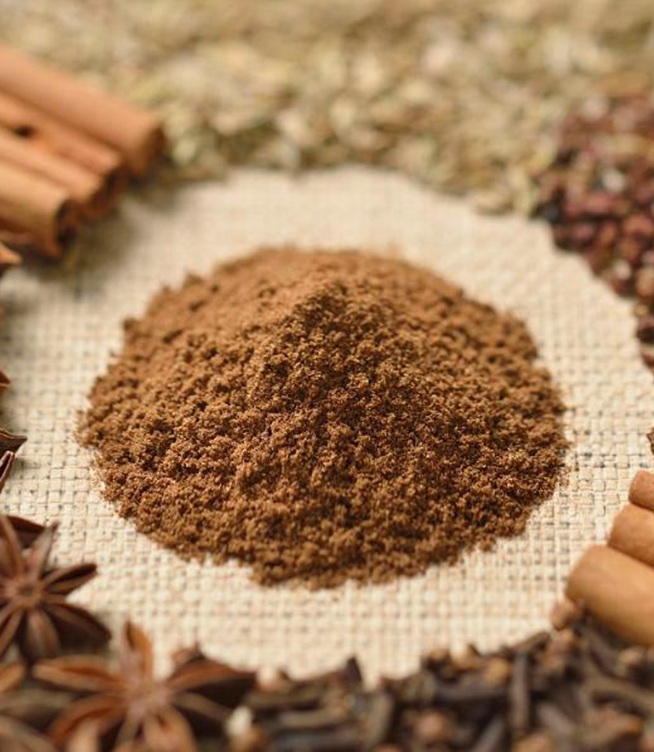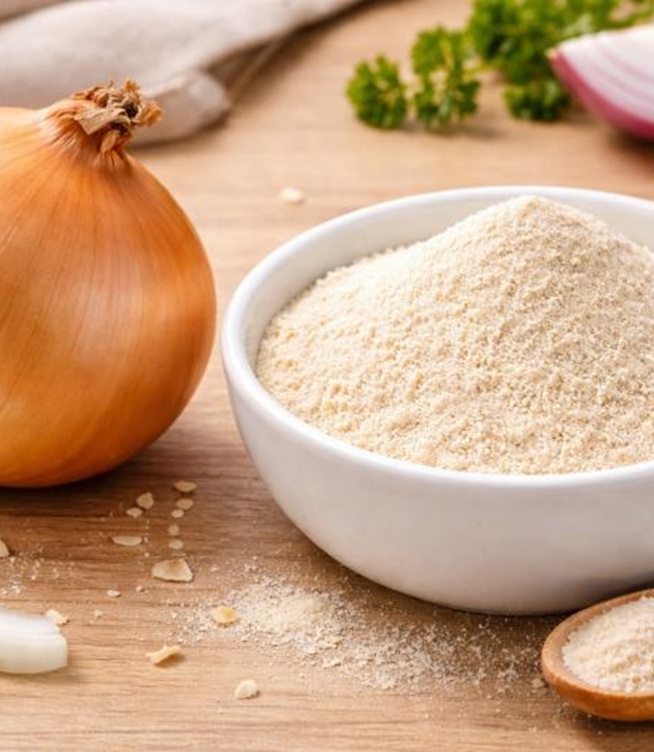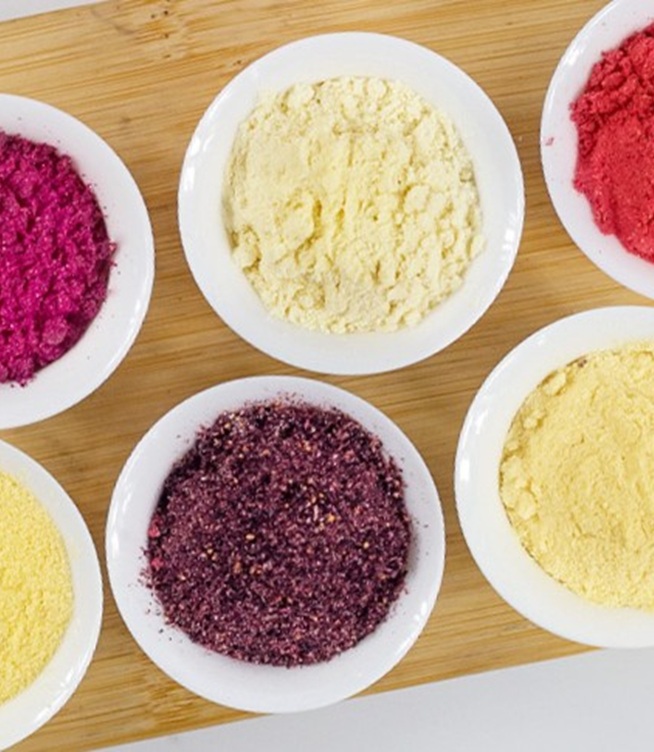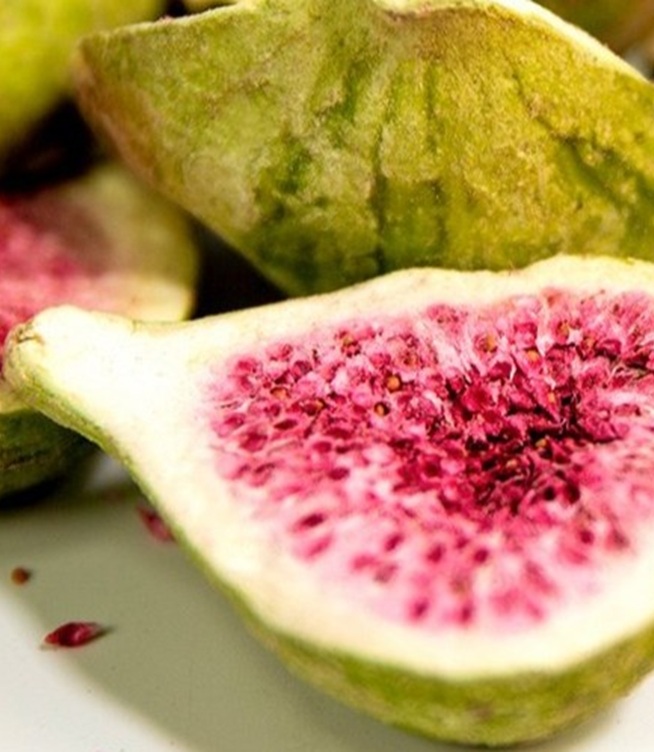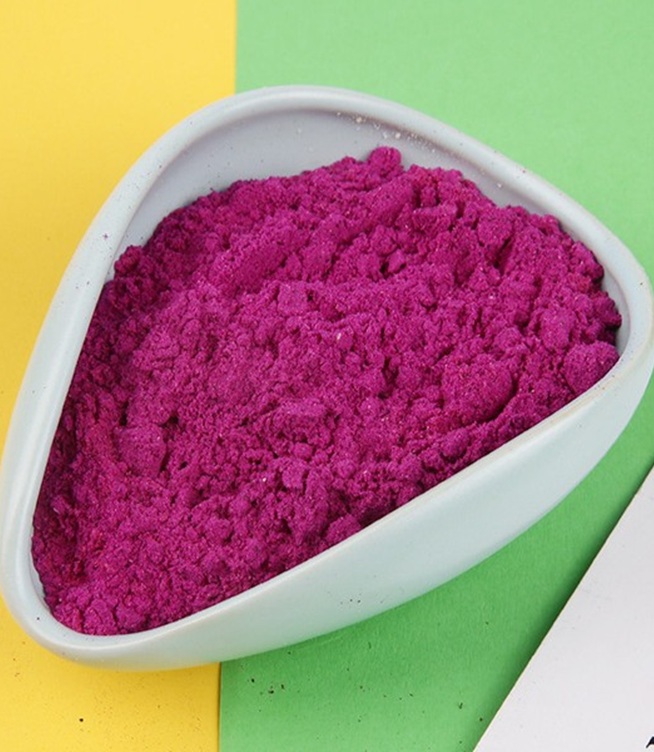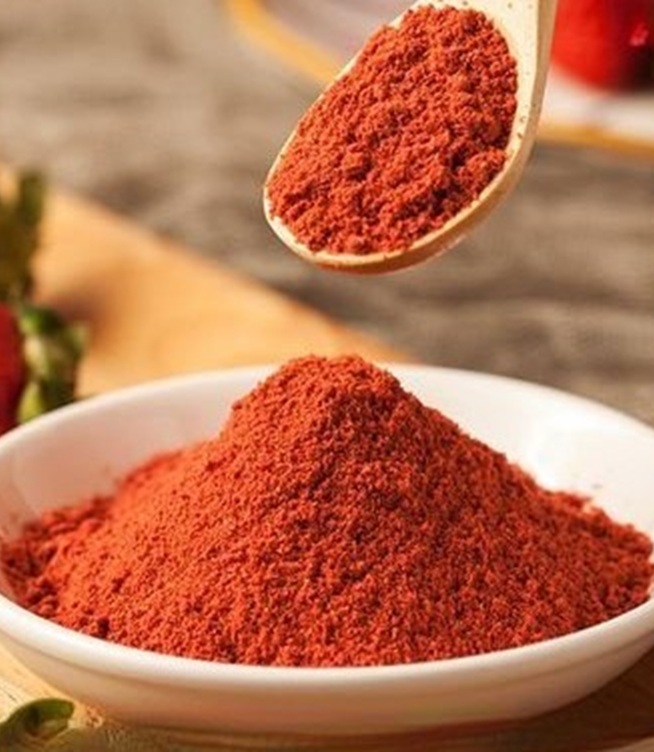Dried Vegetables Uncovered: A Science-Backed Nutritional Breakdown
Dried vegetables have emerged as a quiet hero in the modern pantry. These lightweight, shelf-stable gems offer more than just practicality for hikers or busy families—they pack a surprising nutritional punch that rivals their fresh counterparts. But how exactly does the dehydration process affect the vitamins, minerals, and antioxidants we associate with fresh produce? And can something as simple as a sun-dried tomato or a handful of dehydrated kale truly contribute to a balanced diet? Let’s unravel the science and dispel the myths surrounding dried vegetables, exploring why they deserve a permanent spot in your kitchen.
The Art and Science of Dehydration
Drying vegetables is one of humanity’s oldest preservation methods, dating back thousands of years. Ancient civilizations relied on sun-drying to store seasonal harvests, ensuring a steady food supply during leaner months. Today, modern techniques like air-drying, freeze-drying, and oven dehydration have refined this process, but the core principle remains the same: removing moisture to inhibit bacterial growth and spoilage. While heat and time inevitably alter the physical structure of vegetables, the nutritional impact is far less dramatic than many assume.
Water-soluble vitamins like vitamin C and some B vitamins are partially lost during dehydration, as they break down under heat and exposure to oxygen. However, minerals such as iron, potassium, and magnesium remain largely intact, becoming more concentrated as water content evaporates. Fiber, a critical component for digestive health, also survives the process unscathed. For example, a single cup of dried spinach contains nearly 12 grams of fiber—over three times the amount found in fresh spinach—making it a potent ally for gut health and blood sugar regulation. 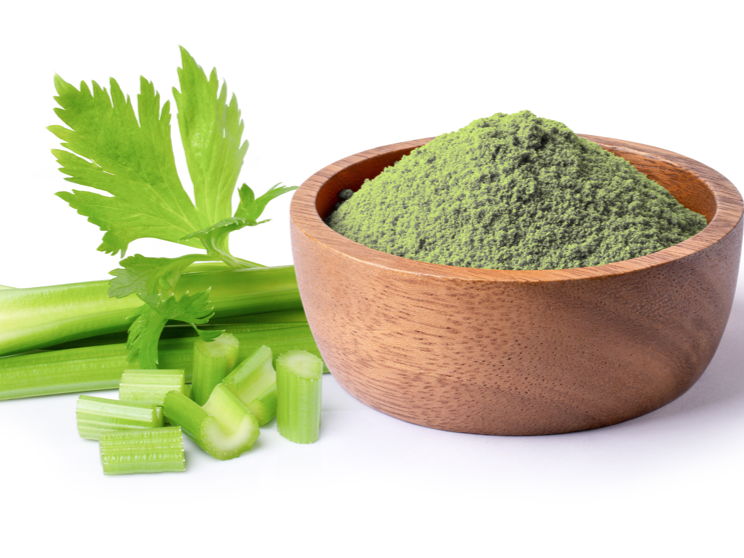
Nutritional Highlights: What’s Inside Your Dried Veggies?
Dried vegetables are far from empty calories. Take carrots, a common staple in dehydrated mixes. Fresh carrots are celebrated for their beta-carotene content, a precursor to vitamin A that supports vision and immune function. When dehydrated, carrots retain nearly 80% of their original beta-carotene, alongside concentrated levels of potassium and vitamin K. Similarly, sun-dried tomatoes are a powerhouse of lycopene, an antioxidant linked to reduced risk of heart disease and certain cancers. Studies suggest that the dehydration process may even enhance lycopene’s bioavailability, allowing our bodies to absorb it more efficiently than from raw tomatoes.
Leafy greens like kale and spinach undergo a fascinating transformation when dried. While they lose some vitamin C, their iron content becomes remarkably dense. A quarter-cup serving of dried kale provides about 2.5 milligrams of iron—nearly 14% of the daily recommended intake—making it an excellent option for vegetarians or anyone seeking plant-based iron sources. Additionally, the dehydration process preserves polyphenols, antioxidants that combat inflammation and oxidative stress. Research published in the Journal of Agricultural and Food Chemistry found that dried bell peppers retained over 90% of their original antioxidant capacity, outperforming many fresh vegetables left in storage for extended periods.
The Convenience Factor: Nutrition Meets Practicality
One of the strongest arguments for incorporating dried vegetables into your diet is their unparalleled convenience. Fresh produce often goes to waste due to spoilage, but dried varieties can last up to a year when stored properly in airtight containers. This makes them ideal for meal prepping, emergency food supplies, or simply adding a nutrient boost to last-minute dishes. Rehydrated dried vegetables work beautifully in soups, stews, and casseroles, absorbing the flavors of broths and spices while contributing texture and depth.
For those with dietary restrictions or busy lifestyles, dried vegetables offer flexibility. A parent scrambling to prepare a balanced dinner can toss a handful of dried zucchini and mushrooms into a pasta sauce, instantly elevating its nutritional profile. Backpackers can carry lightweight packs of dried peas and carrots to ensure they’re meeting their vitamin needs on multi-day treks. Even picky eaters may find dried vegetable powders—made from pulverized dehydrated veggies—an easy way to sneak extra nutrients into smoothies or baked goods without altering taste or texture.
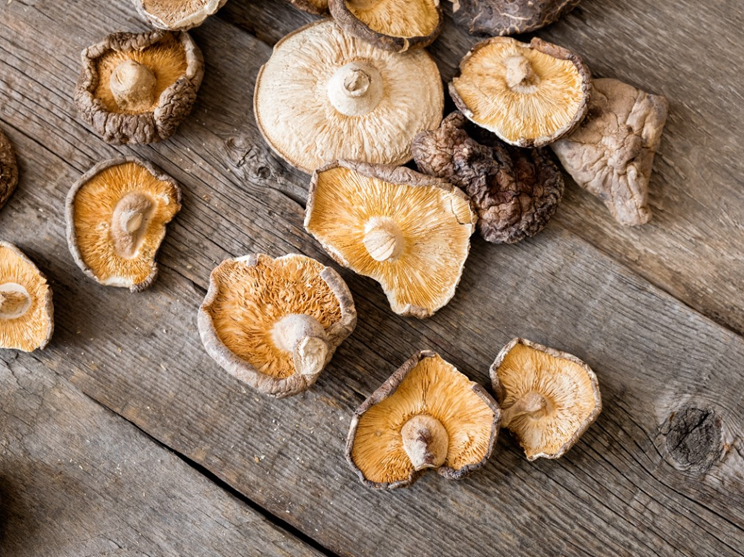
Addressing the Elephant in the Room: Sodium and Additives
Critics of dried vegetables often point to their sodium content, as some commercial products add salt for flavor and preservation. However, this isn’t an inherent flaw of dehydration itself. Many brands now offer no-salt-added options, and homemade dried vegetables allow complete control over ingredients. A DIY approach—using fresh produce, a dehydrator, and nothing else—yields a pure, additive-free product that’s as wholesome as the vegetables you start with.
Another concern is the potential loss of enzymes during dehydration, which some claim reduces the “vitality” of vegetables. While it’s true that high heat can denature enzymes, this doesn’t negate their nutritional value. Humans produce their own digestive enzymes, and the vitamins, minerals, and fiber in dried vegetables remain bioavailable and beneficial.
Maximizing the Benefits: How to Use Dried Vegetables Wisely
To get the most out of dried vegetables, consider pairing them with complementary foods. The iron in dried spinach and kale is better absorbed when consumed with vitamin C-rich ingredients like citrus juice or tomatoes. Rehydrating vegetables in broth instead of water can infuse them with extra flavor and minerals. For a quick snack, try roasting dehydrated chickpeas or beet slices with a drizzle of olive oil and spices—a crunchy, nutrient-dense alternative to processed chips.
It’s also worth experimenting with less common varieties. Dried seaweed, for instance, is a staple in Asian cuisines and boasts exceptional levels of iodine, calcium, and omega-3 fatty acids. Dried okra retains its mucilaginous texture when rehydrated, acting as a natural thickener for soups while providing a hefty dose of folate and vitamin K.
The Verdict: Are Dried Vegetables a Healthy Choice?
Like any food, dried vegetables have trade-offs. They may lack the crisp freshness of a just-picked cucumber, but they make up for it in longevity, versatility, and concentrated nutrients. When used as part of a varied diet—complemented by fresh, frozen, and fermented produce—they’re a smart, sustainable option for modern eaters.
In a world where nearly 40% of fresh produce is wasted annually, according to the United Nations, dried vegetables offer a practical solution to reduce food waste while nourishing our bodies. Whether you’re blending them into a soup, sprinkling them over salads, or munching on them straight from the bag, these unassuming kitchen staples prove that good things truly do come in small, dehydrated packages.
By embracing dried vegetables, we’re not just preserving food—we’re preserving health, one shriveled leaf or root at a time.



